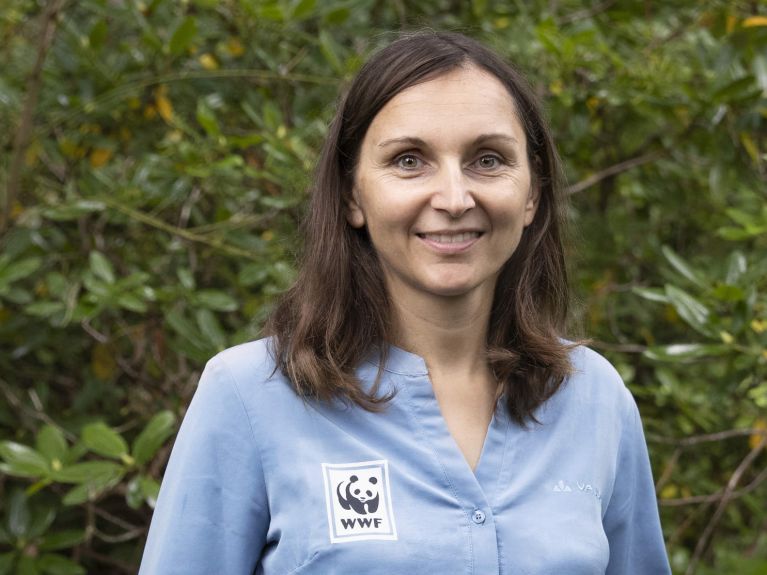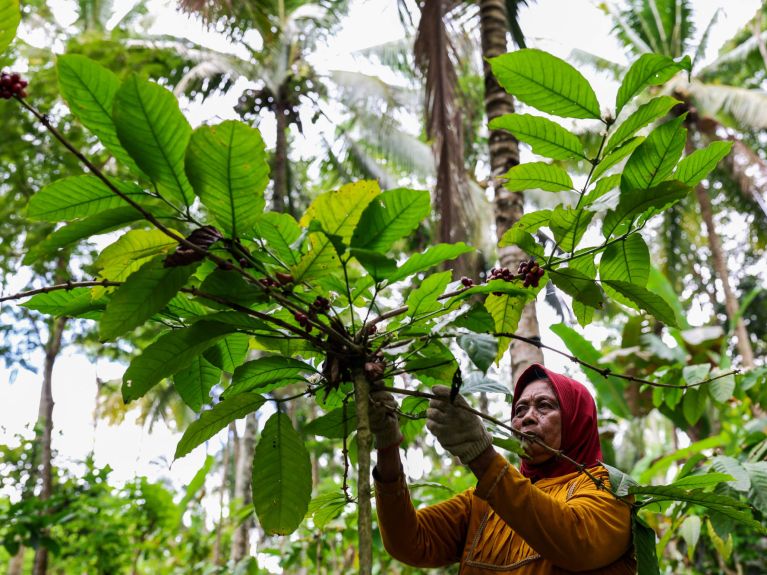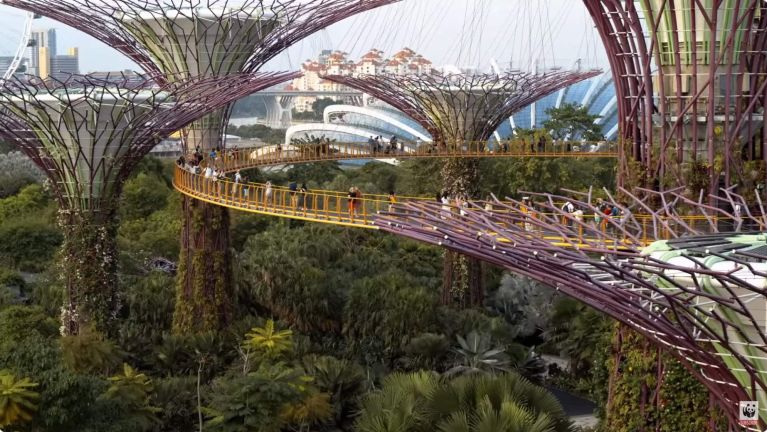Custodians of the forests
Forests around the world are suffering from illegal deforestation. Forest expert Susanne Gotthardt explains how the WWF is saving rainforests in South East Asia .

The World Wide Fund for Nature (WWF) is one of the world’s largest conservation organisations. What work does it do in South East Asia?
I mainly support WWF organisations and civil society organisations in the region which are trying to maintain biodiversity, and protect species-rich forests in particular. This happens in many different ways. The WWF works with governments, businesses and communities to ensure that forest corridors linking conservation areas are cultivated in a sustainable way and preserved. We support indigenous communities as custodians of the forest in addition to developing sustainable and inclusive management models and development plans.
Our priority is to combine protecting forests, sustainable production and restoring forests.
For this to happen, local people must “take the wheel”.
What role do local people play in protecting forests?
Local people have a huge role to play. On the one hand, these people are directly impacted by the loss of forests and their resources. On the other hand, they also need ways to make a living and long-term prospects. We need to bring these together. In the past, deforestation rates were high in many countries in South East Asia, primarily to make space for new plantations for crops such as palm oil and rubber. However, a new way of thinking has come about and happily those numbers are falling, in some cases significantly. Nevertheless, many forests are not in particularly good shape. What is needed now are solutions for society as a whole which reconcile economic, social and environmental interests. In this, the priority for the WWF is to combine protecting forests, sustainable production and restoring forests. For this to happen, local people must “take the wheel”. After all, they have lived their for generations and have close ties to these regions.
What WWF projects are underway in South East Asia?
The WFF is working with small and medium-sized palm oil farmers in Sabah, a state in Malaysia. There we are aiming to introduce more sustainable farming practices over an area of 15,000 hectares by 2026, certified to RSPO (Roundtable on Sustainable Palm Oil) standards. We are also aiming to create an environmental corridor by reforesting degraded areas so as to reverse man-made incisions. The aim here is to give local wildlife some of their natural migration routes back. This should also alleviate growing conflicts between humans and elephants in the project area and stabilise the populations of endangered wild animals such as orangutans.

How do you rate Germany’s involvement in protecting forests around the world?
The Federal Government is supporting forest protection around the world through a range of funding programmes. That is good, and it is important. But more efforts are still needed to protect forests for our climate and future generations. We must help the countries themselves with the transformation to more sustainable forms of production. Under the EU Supply Chain Act, certain products must show that they are not connected to deforestation. However, this sometimes presents producers with major challenges, particularly in the case of smallholders. More changes are needed on this point to make effective protection possible. There is a particular need for businesses that buy raw materials to take responsibility and get involved on more than just a financial level.
Dieses YouTube-Video kann in einem neuen Tab abgespielt werden
YouTube öffnenThird party content
We use YouTube to embed content that may collect data about your activity. Please review the details and accept the service to see this content.
Open consent formHow can people around the world help protect forests?
Manufacturing many products is linked to deforestation, such as paper, biofuels and car tyres. However, this link is often indirect, such as in the case of meat. Rainforests are cut down to plant soya for livestock farming, as soya is the primary foodstuff for many farm animals. To take another example, it isn’t enough just to replace palm oil with other oils, as these often require more land per litre of oil. In the end what matters is being more aware of our consumption and taking steps to reduce it. Certificates such as FSC and RSPO indicate that a product has been produced in a more sustainable way. You can now get organic palm oil, too, although it accounts for a very small proportion globally, and none yet comes from South East Asia.
Susanne Gotthardt has worked for the World Wide Fund for Nature since 2011, where she is a consultant for Indonesia.

